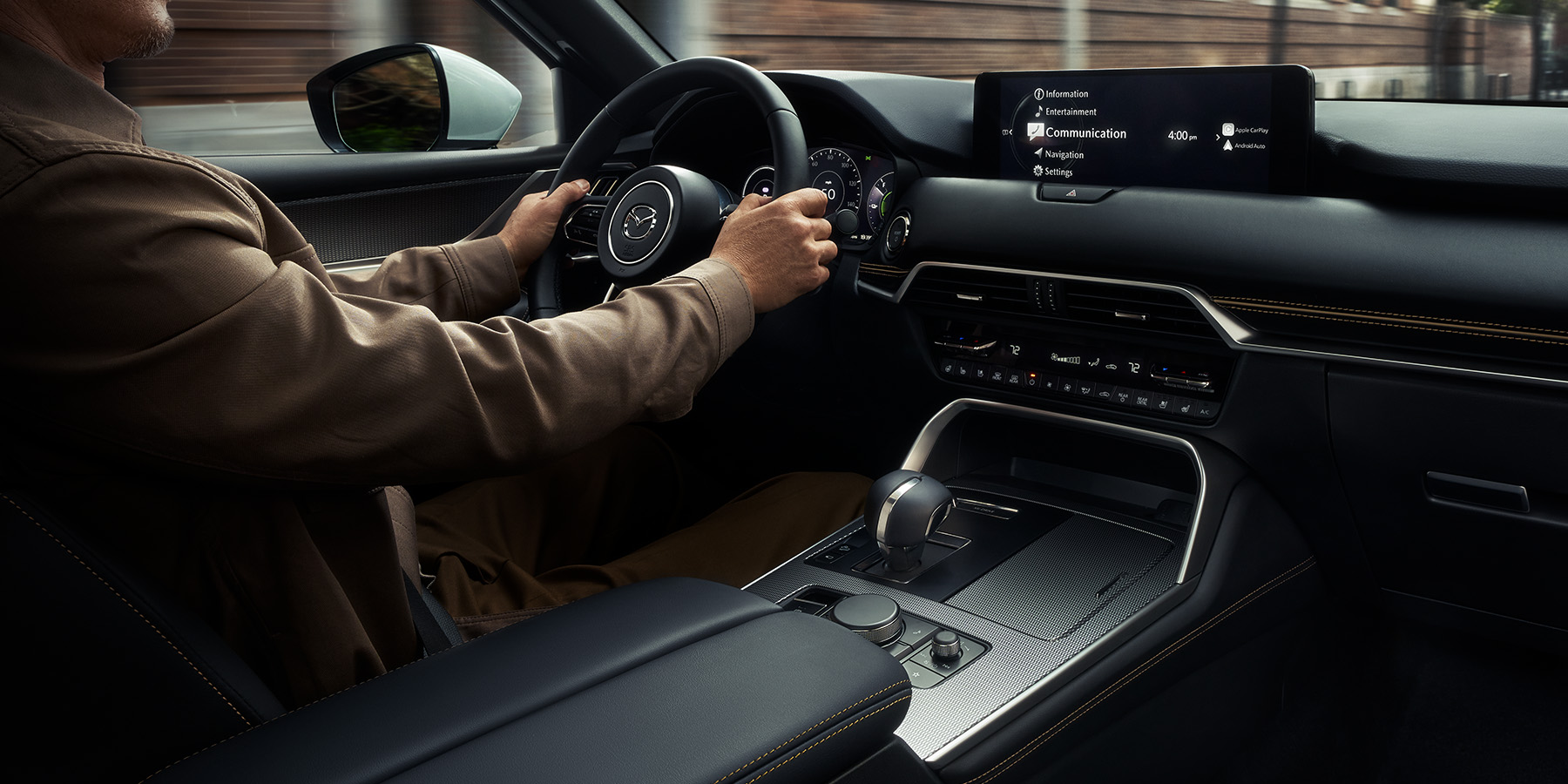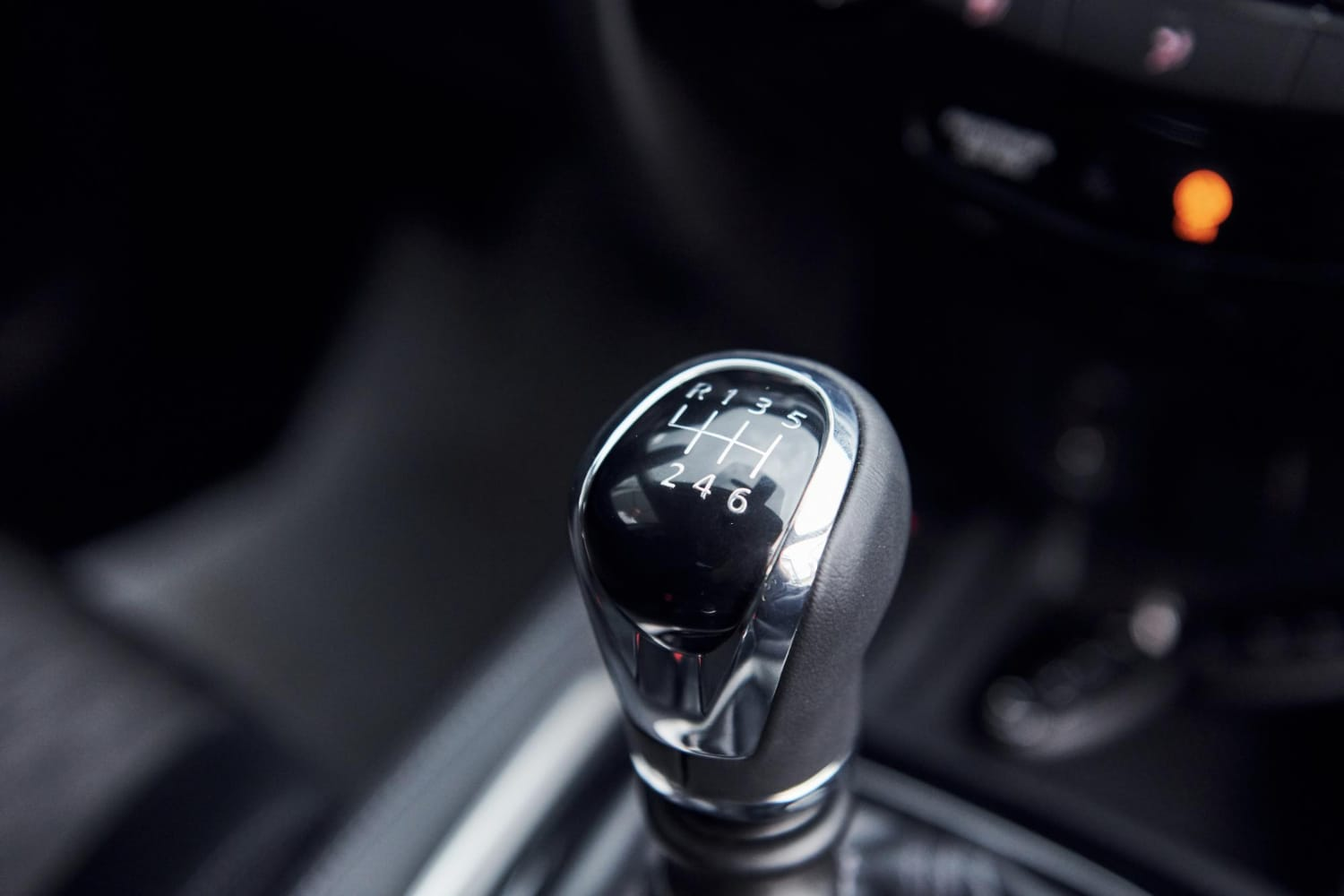
Heads-Up Display (HUD) technology represents a transformative innovation in automotive design, projecting essential information directly onto the windshield within the driver’s line of sight. This article explores the functionalities, benefits, challenges, and future trends of HUD systems, highlighting their significant impact on enhancing driver safety, convenience, and overall driving experience.

Understanding Heads-Up Display (HUD):
Heads-Up Display (HUD) systems utilize advanced optics and projection technologies to display critical information, such as vehicle speed, navigation directions, collision warnings, and other relevant data, onto the vehicle’s windshield. This allows drivers to access vital information without diverting their attention from the road ahead.
Functionality and Features:
- Optical Projection: HUD systems project information onto the windshield using a transparent display screen or combiner that reflects light from a projector unit mounted on the dashboard. The display appears to float in the driver’s field of view, typically above the dashboard and within the driver’s line of sight.
- Information Displayed: Common HUD elements include vehicle speed, RPM (engine speed), navigation directions, traffic sign recognition, lane departure warnings, adaptive cruise control status, and incoming call notifications. The displayed information adjusts in real-time based on driving conditions and user preferences.
- Customization and Visibility: Drivers can often customize HUD settings, such as brightness, content displayed, and position on the windshield, to optimize visibility and minimize distraction. HUDs are designed to be legible in various lighting conditions, including daytime and nighttime driving.
Benefits of Heads-Up Display (HUD):
- Enhanced Driver Safety: HUD systems promote safer driving by reducing the need for drivers to look away from the road to check instrument panel gauges or infotainment screens. By keeping critical information within the driver’s line of sight, HUDs help maintain focus on driving tasks and situational awareness.
- Minimized Distraction: By presenting information in a non-intrusive manner directly on the windshield, HUDs minimize cognitive workload and reduce the time drivers spend diverting their eyes from the road. This contributes to safer driving practices and reduces the risk of accidents caused by distracted driving.
- Improved Ergonomics: HUDs enhance ergonomic design by consolidating essential information into a single, easily accessible display. This reduces the need for drivers to physically adjust their seating position or eye focus to view dashboard instruments, enhancing overall driving comfort and efficiency.
- Driving Convenience: HUDs provide convenient access to navigation guidance, speed limits, and other real-time information without requiring drivers to glance at external devices or secondary screens. This streamlined access improves driving confidence and navigation accuracy.
Challenges and Considerations:
- Visibility in Bright Conditions: HUD visibility may be affected by bright sunlight or reflections on the windshield, potentially reducing display clarity and legibility. Manufacturers employ anti-glare coatings and adjust display brightness to optimize visibility in diverse driving conditions.
- Cost and Integration: Integrating HUD technology into vehicles may increase manufacturing costs, potentially influencing vehicle pricing and affordability for consumers. Continued technological advancements aim to reduce costs and enhance accessibility of HUD systems across various vehicle models.
Future Trends in Heads-Up Display (HUD):
- Augmented Reality (AR) Integration: Future HUD systems may incorporate augmented reality overlays to enhance navigation guidance, display real-time hazard warnings, and integrate virtual objects directly into the driver’s field of view for enhanced situational awareness.
- Advanced Connectivity: Integration with vehicle-to-everything (V2X) communication networks will enable HUDs to receive real-time traffic updates, road condition alerts, and safety advisories from surrounding vehicles and infrastructure, enhancing proactive driving assistance.
- Personalization and AI Integration: AI-driven HUDs may offer personalized driving recommendations, adaptive display layouts, and predictive information based on individual driving habits, preferences, and real-time traffic data.
Conclusion:
Heads-Up Display (HUD) technology represents a significant advancement in automotive safety, convenience, and user experience by projecting critical information onto the windshield within the driver’s line of sight.

As HUD systems evolve with augmented reality integration, advanced connectivity, and personalized AI capabilities, they will continue to redefine the driving experience by providing intuitive, informative, and safer interactions for drivers globally. Embracing innovation and addressing visibility challenges will be crucial to unlocking the full potential of HUD technology in enhancing automotive safety, efficiency, and overall driver satisfaction.





